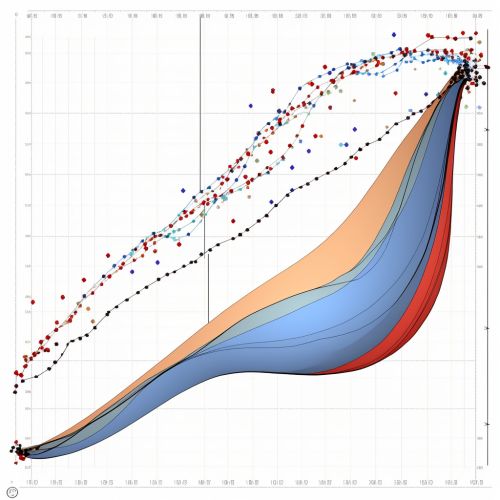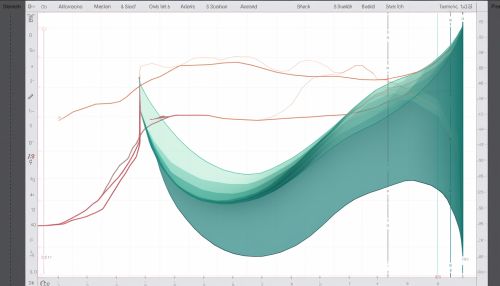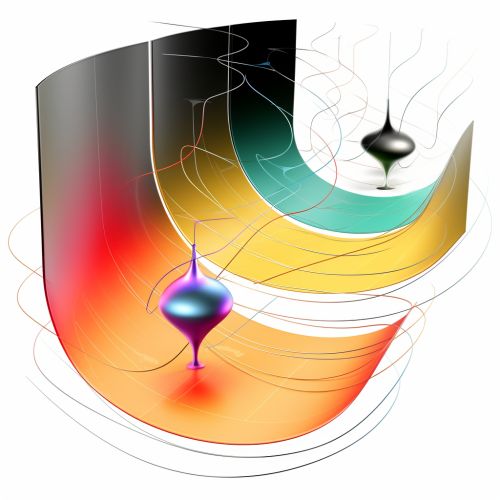The Physics of Quantum Phase Transitions
Introduction
Quantum phase transitions (QPTs) are a fascinating and complex phenomenon in the realm of quantum physics. Unlike classical phase transitions, which are driven by thermal fluctuations, quantum phase transitions are driven by quantum fluctuations and occur at absolute zero temperature. These transitions are characterized by a change in the ground state of a quantum system as a function of an external parameter, such as pressure or magnetic field.


Quantum Phase Transitions vs Classical Phase Transitions
While classical phase transitions, such as the transition from liquid water to ice, are driven by thermal fluctuations and occur at a specific temperature, quantum phase transitions are driven by quantum fluctuations and occur at absolute zero temperature. This fundamental difference arises from the unique properties of quantum mechanics, particularly the superposition principle and entanglement.
Quantum Fluctuations
Quantum fluctuations are temporary changes in the amount of energy in a point in space, as allowed by the Heisenberg Uncertainty Principle. These fluctuations play a crucial role in quantum phase transitions, as they can drive a system from one phase to another even at absolute zero temperature.


Ground State and Excited State
In quantum mechanics, the ground state of a system is the state with the lowest possible energy. During a quantum phase transition, the system's ground state changes as a function of an external parameter. This is in contrast to the excited states of the system, which are not directly involved in the phase transition.
Order Parameter
The order parameter is a quantity that characterizes the phase of a system. In a quantum phase transition, the order parameter changes abruptly as a function of the external parameter, signifying a change in the system's ground state.


Quantum Critical Point
The quantum critical point is the point at which a quantum phase transition occurs. At this point, the system is in a state of criticality, and exhibits properties such as scale invariance and universality.
Quantum Phase Diagrams
Quantum phase diagrams are graphical representations of the phases of a quantum system as a function of various external parameters. These diagrams are crucial tools in the study of quantum phase transitions, as they provide a visual representation of the system's behavior.


Experimental Observation of Quantum Phase Transitions
Observing quantum phase transitions experimentally is a challenging task due to the extremely low temperatures required. However, advances in experimental techniques, such as ultra-cold atomic gases and high magnetic fields, have made it possible to observe these transitions in certain systems.
Theoretical Models
Various theoretical models have been developed to describe quantum phase transitions, including the transverse-field Ising model and the quantum Potts model. These models provide a mathematical framework for understanding the behavior of quantum systems near the critical point.
Applications of Quantum Phase Transitions
Quantum phase transitions have potential applications in various fields, including quantum computing and high-temperature superconductivity. Understanding these transitions could lead to the development of new technologies that harness the unique properties of quantum systems.


